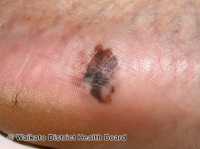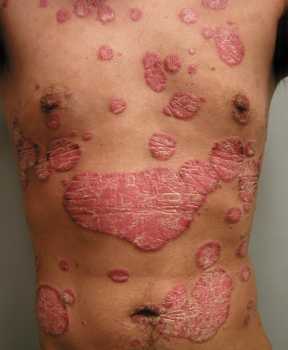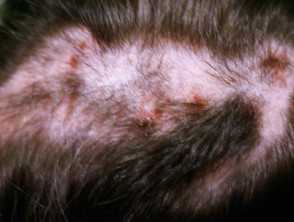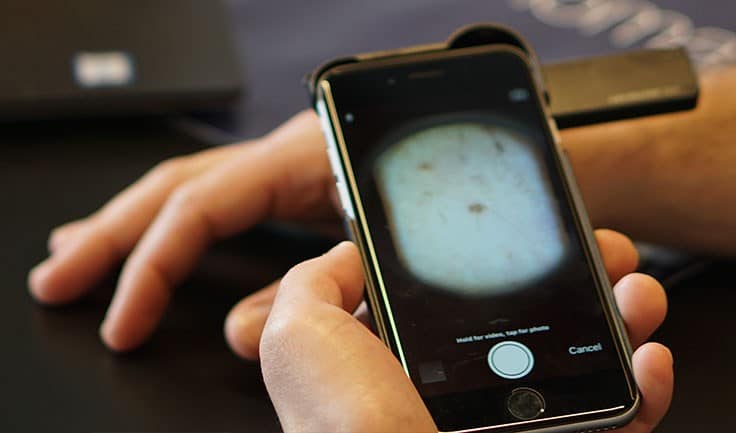Author Interviews, Dermatology, Genetic Research / 01.06.2020
Protein Critical for Skin Barrier Function Identified
MedicalResearch.com Interview with:
Sarah E. Millar, Ph.D.
Director, Black Family Stem Cell Institute
Professor, Departments of Cell, Developmental and Regenerative Biology and Dermatology
Icahn School of Medicine at Mount Sinai
New York, NY
MedicalResearch.com: What is the background for this study?
Response: One of the major roles of the skin is to serve as a protective barrier, both preventing external insults, such as toxins and pathogens, from entering the body, and helping to retain moisture. The mechanisms required for appropriate skin barrier formation remain incompletely understood. Elucidating these processes is important for understanding and developing improved treatments for dermatological diseases in which the skin barrier is dysfunctional, such as eczema and psoriasis.
Understanding epigenetic regulators, proteins that modify the structure of genetic material, is an area of scientific interest, as many new drugs target these proteins. Importantly, multiple epigenetic regulators have been shown to be important in skin development. My lab has focused on one group of epigenetic regulators, histone deacetylases (HDACs), because HDAC inhibitors show promise for treating several different cancers and other disorders in which cell proliferation is poorly controlled. We previously showed that HDACs 1 and 2 are required for normal skin development.
In the current study, we investigated whether the related protein HDAC3 is also important in establishing the skin barrier. (more…)
























 Dr. Helen Marsden PhD
Skin Analytics Limited
London, United Kingdom
MedicalResearch.com: What is the background for this study?
Response: In this technology age, with the explosion of interest and applications using Artificial Intelligence, it is easy to accept the output of a technology-based test - such as a smartphone app designed to identify skin cancer - without thinking too much about it. In reality, technology is only as good as the way it has been developed, tested and validated. In particular, AI algorithms are prone to a lack of “generalisation” - i.e. their performance drops when presented with data it has not seen before. In the medical field, and particularly in areas where AI is being developed to direct a patient’s diagnosis or care, this is particularly problematic. Inappropriate diagnosis or advice to patients can lead to false reassurance, heightened concern and pressure on NHS services, or worse. It is concerning, therefore, that there are a large number of smartphone apps available that provide an assessment of skin lesions, including some that provide an estimate of the probability of malignancy, that have not been assessed for diagnostic accuracy.
Skin Analytics has developed an AI-based algorithm, named: Deep Ensemble for Recognition of Malignancy (DERM), for use as a decision support tool for healthcare providers. DERM determines the likelihood of skin cancer from dermoscopic images of skin lesions. It was developed using deep learning techniques that identify and assess features of these lesions which are associated with melanoma, using over 7,000 archived dermoscopic images. Using these images, it was shown to identify melanoma with similar accuracy to specialist physicians. However, to prove the algorithm could be used in a real life clinical setting, Skin Analytics set out to conduct a clinical validation study.
Dr. Helen Marsden PhD
Skin Analytics Limited
London, United Kingdom
MedicalResearch.com: What is the background for this study?
Response: In this technology age, with the explosion of interest and applications using Artificial Intelligence, it is easy to accept the output of a technology-based test - such as a smartphone app designed to identify skin cancer - without thinking too much about it. In reality, technology is only as good as the way it has been developed, tested and validated. In particular, AI algorithms are prone to a lack of “generalisation” - i.e. their performance drops when presented with data it has not seen before. In the medical field, and particularly in areas where AI is being developed to direct a patient’s diagnosis or care, this is particularly problematic. Inappropriate diagnosis or advice to patients can lead to false reassurance, heightened concern and pressure on NHS services, or worse. It is concerning, therefore, that there are a large number of smartphone apps available that provide an assessment of skin lesions, including some that provide an estimate of the probability of malignancy, that have not been assessed for diagnostic accuracy.
Skin Analytics has developed an AI-based algorithm, named: Deep Ensemble for Recognition of Malignancy (DERM), for use as a decision support tool for healthcare providers. DERM determines the likelihood of skin cancer from dermoscopic images of skin lesions. It was developed using deep learning techniques that identify and assess features of these lesions which are associated with melanoma, using over 7,000 archived dermoscopic images. Using these images, it was shown to identify melanoma with similar accuracy to specialist physicians. However, to prove the algorithm could be used in a real life clinical setting, Skin Analytics set out to conduct a clinical validation study.






